Mice, rats, and squirrels are rodents, but they have a lot of differences aside from physical appearance and behaviors. Interestingly, their droppings provide some important information about their activities.
But more importantly, knowing how to identify them correctly can help you in dealing with these pests properly.
What’s the difference between mouse poop, rat poop, and squirrel poop? Rat droppings are often a little more lengthy and oval in shape than mouse droppings, but they are also typically a little thicker. In contrast to squirrel dung, which tends to lighten or fade with time, rat poop maintains its dark hue.
Fresh rodent droppings are usually dark, shiny, and soft but will start to harden as time goes by. On the other hand, old droppings are very likely to look dull or pale and are covered with dust.
This comprehensive guide explains everything about mouse poop, rat poop, and squirrel poop. Read from beginning to end.
How to Identify Pest Droppings?
1. Squirrel Droppings
Look for excrement pellets that are rounded at the edges, as opposed to the pointed, pointy ends of rat poop, to distinguish squirrel droppings. Rat feces will always have a black color, but squirrel droppings will gradually fade in color. Squirrels are more likely to be responsible for lengthy, oblong-shaped droppings with rounded ends and lighter in color.
2. Mouse Droppings
You must seek dung pellets with an oblong shape and a deep color. Compared to rat or squirrel droppings, they are a little bit slimmer.
Typically, rooftops, basements, garages, and kitchens are where you’ll locate mouse droppings. or any other location where the mice were fleeing or hidden.
3. Rat Droppings
Another typical indoor pest is rats, which usually inhabit a home’s basement or roof. The majority of the time, you can discover their droppings here.
Rat excrement is typically longer and oblong in shape than mouse excrement, while it is also typically a little thicker. Similar in hue to their excretions, they likewise have a dispersed dispersion pattern. In contrast to squirrel dung, which tends to lighten or fade with time, rat poop maintains its dark hue.
Mouse Poop vs. Rat Poop vs. Squirrel Poop | Threats and Diseases
Aside from having a disgusting smell, mouse poop, rat poop, and squirrel poop pose risks to public health. Children, pregnant women, and people who have chronic illnesses are easily infected with zoonotic diseases. Here are some of them that you should know before dealing with these feces:
1. Rat Bite Fever
Rat Bite Fever (RBF) is a bacterial infection transmitted to humans through rodent bites and scratches, direct contact with their saliva, urine, and droppings, as well as consuming contaminated food and water.
This zoonotic disease is caused by two bacteria: Streptobacillus moniliformis and Spirillum minus.
Unfortunately, most infected rodents are asymptomatic or don’t show any signs of having this disease. Although Norway rats are the most common carrier of rat-bite fever, mice and squirrels are also considered to be potential hosts. Among the symptoms include fever, vomiting, headache, muscle pain, and skin rashes.
2. Hantavirus Infections
Hantavirus infection is an aerosolized virus transmitted to humans who inhale dust from poop and pee from infected rodents. This can happen while removing rodent droppings and urine or after shaking out a blanket with infected fecal matter. Most infected rodents don’t show symptoms of having this disease.
In the United States, Hantavirus pulmonary syndrome (HPS) is the most common Hantavirus variant. There have been reported cases but the chance of getting it is very slim.
The rodents that carry HPS are the cotton rat, rice rat, white-footed mouse, and deer mouse. Early symptoms include headache, fever, and fatigue.
3. Hemorrhagic Fever With Renal Syndrome (HFRS)
Hemorrhagic Fever with Renal Syndrome is caused by various species of Hantaviruses in the Bunyaviridae family. These viruses are widely distributed in Asia and Europe but are considered rare in the United States.
Transmission occurs similarly to Hantavirus but can also be directly introduced into broken skin.
HFRS can also be transmitted via bite wounds or from person to person, although it is extremely rare. Rodents that are usually infected with this disease include the striped field mouse, bank vole, yellow-necked field mouse, and Norway rat. The severity of the disease depends on the virus that caused the infection.
4. Salmonellosis
Salmonellosis is caused by the Salmonella virus, which lives in the intestinal tracts of birds and mammals, including rodents. This virus is transmitted to humans who consume food or water that is contaminated by the feces of infected animals. Pets such as cats and dogs can also get infected by eating contaminated pet food.
Since Salmonella is inside the body of mothers, their newly born or hatched eggs can also be infected. Aside from mice, rats, and squirrels, this disease can also be present in hamsters, guinea pigs, calves, cows, goats, horses, and sheep, as well as some reptiles such as turtles. Infected animals may show no symptoms.
5. Lassa Fever
Lassa fever is very common in West Africa, especially in Nigeria, where it was discovered. This endemic disease is transmitted to humans by multimammate rats (Mastomys natalensis) via direct contact and ingestion of food contaminated with rodent droppings and urine. Transmission may also occur through inhaling.
Person-to-person transmission of Lassa infection is also possible in hospitals but is very rare in the United States. However, there were reported cases in 2010 and 2018 indicating that the patients returned from West Africa. Signs of this disease include slight fever, which can occur 1-3 weeks after getting infected.
Do Rodents Eat Their Poop?
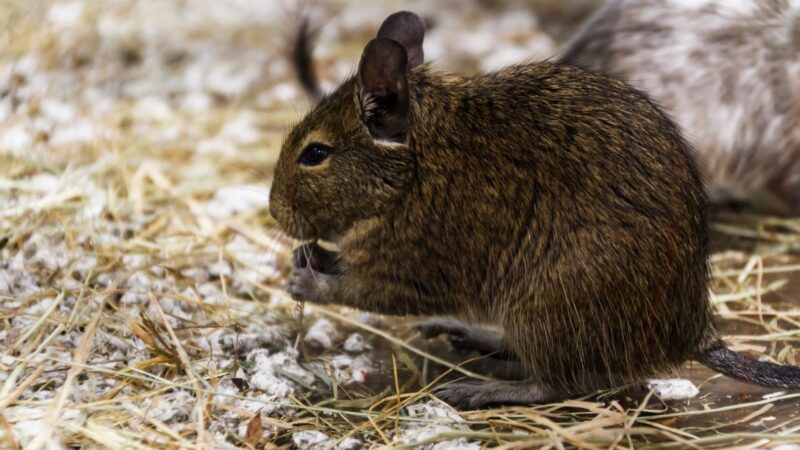
Rodents eat their poop. They are coprophagic mammals, which means that they tend to eat their feces. Mice, rats, and squirrels usually engage in this kind of behavior to obtain essential nutrients and if food is insufficient.
Coprophagy is very important for their digestive system. Hares and rabbits also eat their poop.
Other Human Diseases Related to Rodents
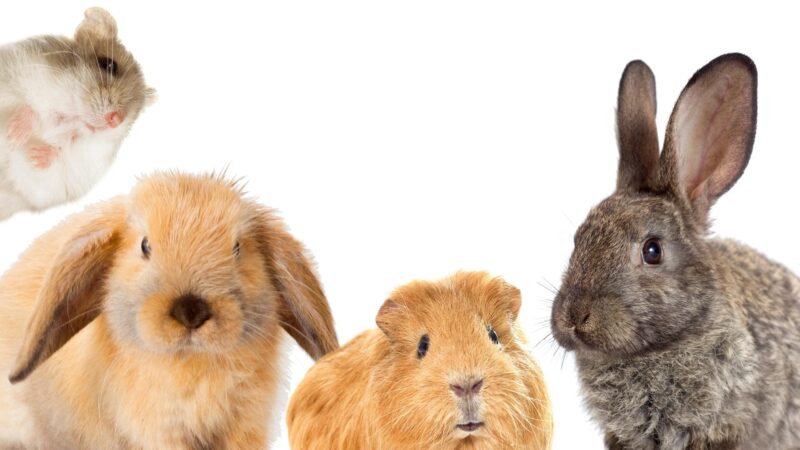
Unfortunately, the above diseases are not the only ones that rodents transmit to humans. This means that droppings and urine are not the only factors that these mammals have to make people sick.
Below are some other serious illnesses that are directly and indirectly related to rodents, especially squirrels, rats, and mice.
- Babesiosis
- Leishmania Infection
- Leptospirosis
- Lyme Disease
- Murine Typhus
- Omsk Hemorrhagic Fever
- Plague
- Tularemia
- West Nile Virus
Mouse Poop | Identification
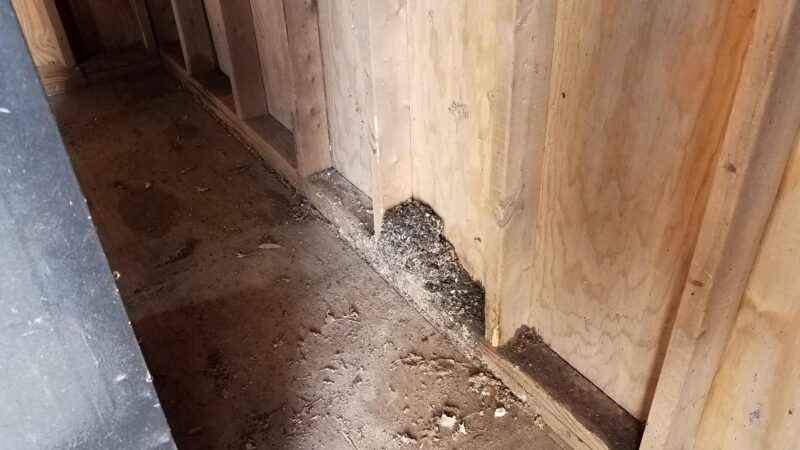
What Does Mouse Poop Look Like?
Mouse droppings are usually 1/8 to 1/4 inches (3.2-6.4 mm.) long, smooth, and one or both ends are pointed. They are usually black but may vary in color, depending on what the mouse ate.
Mouse poop looks like bat poop since they almost have the same size, color, and shape but are smaller than rat poop.
Do Mice Poop a Lot?
Mice poop a lot. In fact, they poop more than their body weight, although they don’t eat a lot. House mice expel about 50-70 droppings a day. On average, a single mouse can produce 18,000 droppings per year.
On average, mice only eat about 3 grams of food a day, or equivalent to 10-15% of their body weight.
Where Can You Find Mouse Poop?
To avoid the light, mice usually poop in a straight line, with lots of droppings in one area. You can find mouse poop usually near their hideouts or food sources.
This includes the attic, basement, ceilings, and other crawl spaces. Mouse poop may also be present under appliances, inside closets, and even in cars.
Mice also poop and pee to mark their territory and to tell their comrades where there is food. Once you find mouse poop, you may also spot some gnaw marks, which are clean-cut holes about 1-2 mm. in diameter.
Since mice destroy more than they eat, their feces may also be seen near damaged food products.
How Do You Clean Up Mouse Poop?
Mouse droppings have a strong ammonia smell and are usually accompanied by urine, which can also make you sick. Before cleaning the feces, get rid of all the mice and prevent them from re-entry.
Otherwise, their poop will be present again. Here are some safety tips on how to clean mouse poop indoors:
- Wear rubber or vinyl gloves. If there is a lot of feces or the smell is too strong, wear an N95 disposable mask.
- Open windows and doors, and place a fan for about half an hour to ventilate the area.
- Don’t sweep or vacuum mouse poop. Otherwise, you might inhale the dust, which can contain Hantavirus.
- Spray the poop and urine with bleach and water or disinfectants such as Diversey All-Purpose Disinfectant Cleaner . Let it soak for about 5 minutes.
- Pick up the poop and urine with paper towels, and place them inside a plastic bag.
- Dispose of the bag properly.
- Disinfect the entire area, including walls and floors.
- For bedding or clothes that have been exposed to mouse poop and pee, wash them with hot water and pet detergent such as Biokleen Bac-Out Stain Remover .
Rat Poop | Identification
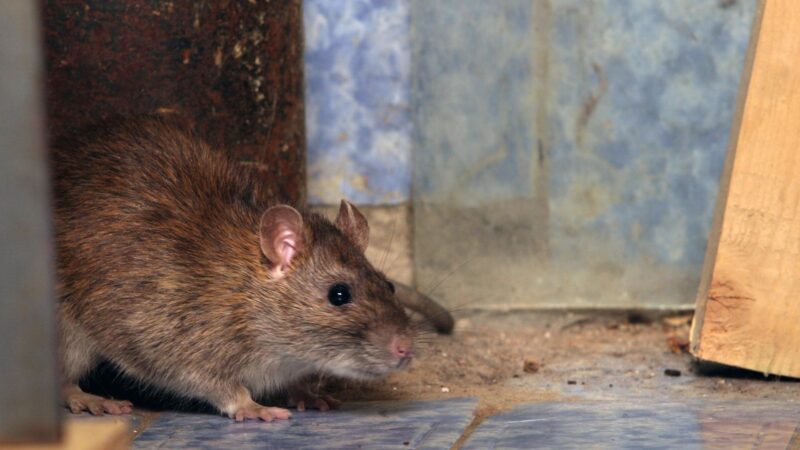
What Does Rat Poop Look Like?
The shape and size of rat poop vary, depending on the species. Norway rat droppings are about 3/4-inch (19 mm.) long, rectangular, or capsule-shaped, with rounded ends.
On the other hand, roof rat droppings are about 1/2-inch (12.7 mm.) long and pointed on one end. They are elongated and thinner than Norway rat poop.
Do Rats Poop a Lot?
Rats poop a lot and are even worse than mice. Rats produce 40-50 droppings every day, or at least 25,000 droppings a year. Unlike mice, rats eat until they are full and consume one-third (or 30%) of their body weight a day. Rats create less damage than mice, but they can produce more droppings than them.
Where Can You Find Rat Poop?
Like mouse poop, rat poop can be found near their gnaw marks, which are about 3.5-4 millimeters in diameter. Since rat droppings are bigger and shinier than mouse droppings, they are easier to spot. Like mice, rats are communal mammals, which means that they also share a common nest and bathroom.
Norway rats usually dig burrows and poop in basements, while roof rats are excellent climbers and poop in attics, cabinets, and elevated areas. Rats poop while walking, which means you can find small quantities of feces scattered in a wide area. But unlike mouse poop, rat poop rarely changes its color once dried.
How Do You Clean Up Rat Poop?
Rats are not seen indoors as often as mice, but it does not mean they don’t enter houses. However, rats avoid foods and items that are new or strange to them.
Hence, they are unlikely to poop near newly installed rat traps. It is easier to find and clean rat poop than mouse poop, and the techniques are almost the same.
- Once you’re sure all the rats are gone, ventilate the area for about 30 minutes, depending on the smell.
- Soak the area with a bleach solution for 5-10 minutes.
- Pick up the rat poop with paper towels. Don’t forget to wear protective gloves.
- Dispose of the poop and disinfect the whole area.
- If the rat poop is in your bedroom, wash all the bedding with hot water and a pet-friendly detergent.
Squirrel Poop | Identification
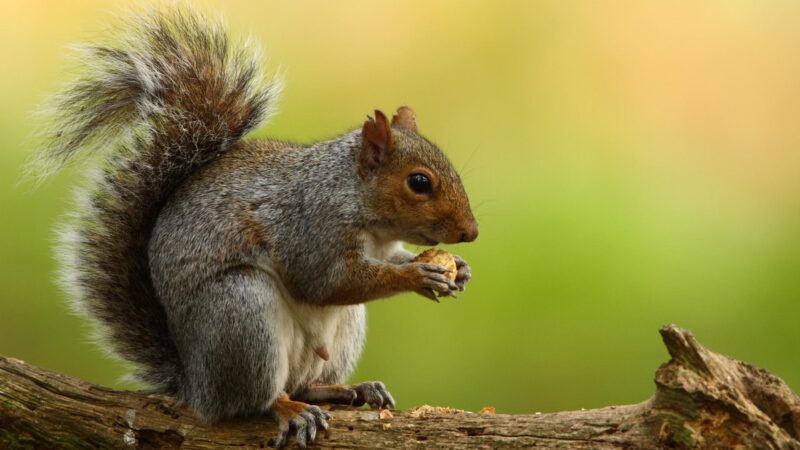
What Does Squirrel Poop Look Like?
Squirrel droppings look like rat droppings, except that they are a bit thicker. They are oblong or oval pellets with round tips and are usually about 3/8 inch (9.5 mm.) long and 1/8 inch (3.2 mm) in diameter, depending on the species.
Fresh squirrel poop can be reddish, rusty brown, or dark brown and will slowly become pale.
Do Squirrels Poop a Lot?
Like mice and rats, squirrels are true omnivores, which means they also eat plants and animals. Nonetheless, their favorite foods are acorns, walnuts, fruits, and other plant materials.
Because of this limited diet, squirrels don’t poop a lot as compared to other rodents. Squirrels bury their food in preparation for winter.
Where Can You Find Squirrel Poop?
Unlike mice and rats, squirrels poop far away from their nest to avoid predators such as coyotes and raccoons. Most mother squirrels carry the feces and urine of their babies so that predators cannot track them.
Squirrels are also known for pooping while walking, but they leave their feces behind more than rats and mice.
In the wild, squirrels poop inside tree hollows, from the tree, and on the ground far from a deep burrow. Interestingly, squirrels help a lot in seed dispersal since their feces include some seeds.
Occasionally, squirrels may hide in attics and chimneys to build nests and will poop on the roof or around your house.
How Do You Clean Up Squirrel Poop?
Squirrel droppings are easier to find and remove than mouse and rat poop. This is because they are more common outdoors than indoors, and the attic is usually their favorite spot inside the house.
But still, removing squirrel feces should be done carefully and safely. Here are the correct ways to clean up squirrel poop:
- As usual, wear proper PPE (personal protective equipment) such as gloves and a mask.
- Place live squirrel traps in your attic or yard. For DIY (Do-it-yourself) humane traps, you can use a PVC pipe with a door that automatically closes once the squirrel gets in.
- Alternatively, purchase Havahart 1045 Live Animal Two-Door . Note that it is illegal to kill some squirrel species in most states without a permit.
- Pick up the squirrel poop with paper towels. Since squirrel droppings are hard and not dusty, you may also vacuum them and the entire area.
- Disinfect the area using Diversey All-Purpose Disinfectant Cleaner .
List of Sources
Potter, M. F., Beavers, G. M. Rodent Control. University of Kentucky.
How Do I Manage Mice and Rats? Cornell University – College of Agriculture and Life Sciences.
Koehler, P. G., Kern, W. H., Jr. (2017). Rat and Mouse Control. University of Florida.
Diseases directly transmitted by rodents. (2017). Centers for Disease Control and Prevention.
- Bed Bug Surge 2025: How to Detect, Prevent, and Safely Eliminate Infestations in Top U.S. Cities - June 18, 2025
- Asian Needle Ants Invade US Homes: 2025 Guide to Identification, Risks, and Effective Control - June 11, 2025
- New World Screwworm Alert: How US Livestock Owners Can Prevent Outbreaks and Protect Herds [Summer 2025 Update] - June 8, 2025

